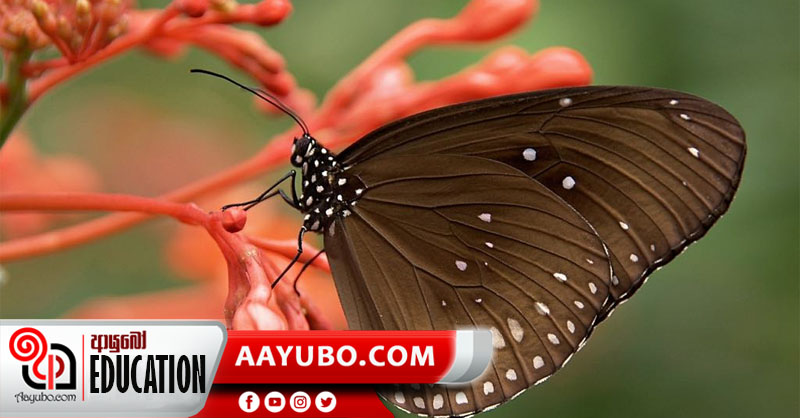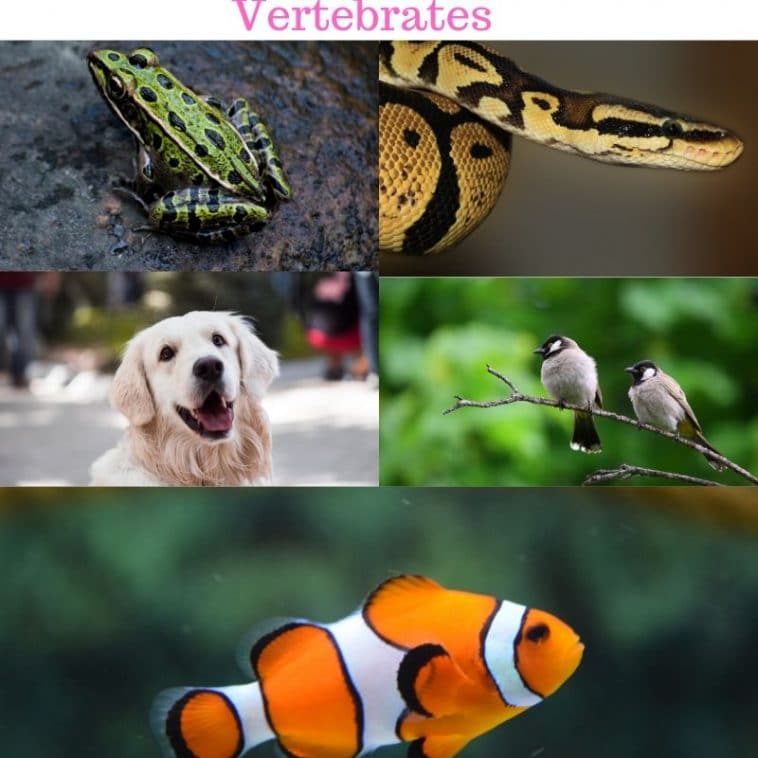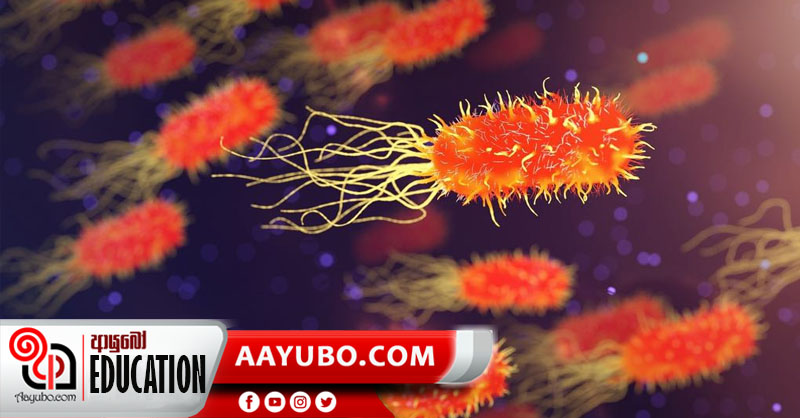Grade 8 Science Animal Classification

Our environment consists of a diverse range of animals and when we group them systematically according to their common features, we call it the “Classification of animals”.
Animals can be grouped in to two major groups as Vertebrates and Invertebrates.
Vertebrates are animals who have a backbone or a vertebral column and Invertebrates are animals who do not have a backbone or a vertebral column.
The Invertebrates too can be classified in to several groups as follows.
> Cnidaria
> Annelida
> Mollusca
> Arthropoda
Let us explore the above groups one by one.
Cnidaria
Cnidarians can be cited as predators who catch prey. For this they cripple the creatures with the use of their special tentacles that have cnidocytes. They have a radially symmetrical body. Cnidarians are of two major forms.
o Polyps who lead a sedentary life where they are fixed to a substrate.
Examples: Fresh water hydra, Sea anemone, Corals
o Medusa are free-swimming organisms who are found in open waters.
Examples: Jellyfish
Annelida
These organisms can be found in the wet environments such as marine waters, fresh waters and wet terrestrial environments. Their bodies are bi-laterally symmetrical. They are said to be vermiform as they consist of worm-like body shape .They are commonly known as segmented worms as their bodies are divided in to segments. They possess a complete digestive tract with a mouth and an anus.
Examples: Leech, Earthworm, Lugworms
Mollusca
Molluscs live in fresh water, marine water and terrestrial habitats where we can find a high diversity among them. Their bodies are bilaterally symmetrical, unsegmented and soft. Their skin has a coating of mucus and some of them have shells. They also have a muscular foot.
Examples: Octopus, Oyster, Cuttle fish, Squid, Snail,
Arthropoda
They can be found both on land and in waters. Their bodies are bilaterally symmetrical and they have an external skeleton commonly known as an exoskeleton. Their externally segmented bodies consist of three main regions namely; Head, Thorax and Abdomen. Some arthropods have wings as well. They have jointed limbs and a developed central nervous system. Arthropods also consist of a complete digestive tract that has a mouth and an anus.
Examples: Butterfly, Scorpion, Centipede, Spider, Cockroach
The Vertebrates can be classified in to four groups as follows.
Pisces
Amphibia
Reptilia
Aves
Mammalia

Pisces
Pisces are found in the aquatic environment which includes fresh, marine and brackish waters. They are able to swim through waters with a balance with the help of their streamlined bodies and fins. They also possess scales on their body for protection and their gills allow them to breathe. They have a body that’s divided into three major parts namely; head, trunk and tail. They have eyes with no eye lids.
Examples: Sharks, Dogfish, Skate, Tilapia
Amphibia
Amphibians can live in both terrestrial and aquatic environments. When their life cycle is considered, the first part of their lives is spent in waters and the last part is spent on land. . As they grow, their bodies change where they undergo a process called Metamorphosis. They don’t have scales on their skin but are equipped with glands that make the skin moist. They breathe using the lungs, mouth or wet skin. Their bodies possess limbs that help them in locomotion.
Examples: Frog, Toad, Salamder, Ichthiophis,
Reptilia
Reptiles are mostly terrestrial animals who are found in warmer areas in world and they have a rough, dry skin composed of scales. They do not have any glands. They respire using lungs. Reptiles have two pairs of limbs except snakes and they are adapted to crawl.
Examples : Crocodile, Tortoise, Viper, Cobra, Lizards
Aves
This group of animals includes birds who fly with the help of their streamlined bodies. They have limbs where the forelimbs have been modified in to wings. They are characterized by the feathers which cover their bodies and a beak that is used for feeding. They are toothless and they respire through lungs.
Example: Parrot, Swan, Owl, Woodpecker, Kingfisher
Mammalia
Mammals can be found almost in every habitat on earth. They have mammary glands which help them to produce milk. Therefore, they feed on mother’s milk. They have hair or fur n their bodies. Most of them have teeth and a developed brain. Sweat glands are found on their skin and they have an external ear. Mammals respire through lungs and they possess limbs for locomotion.
Examples: Human, Dog, Bat, Cat, Monkey
Thus, we can conclude that there exists a large diversity among animals and they can be classified as discussed above. These animals play a major role in maintaining the balance of the environment.
by Mekhala Egodawele
Photo source : Internet
4613 Views






Comments